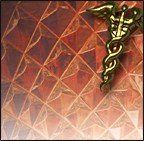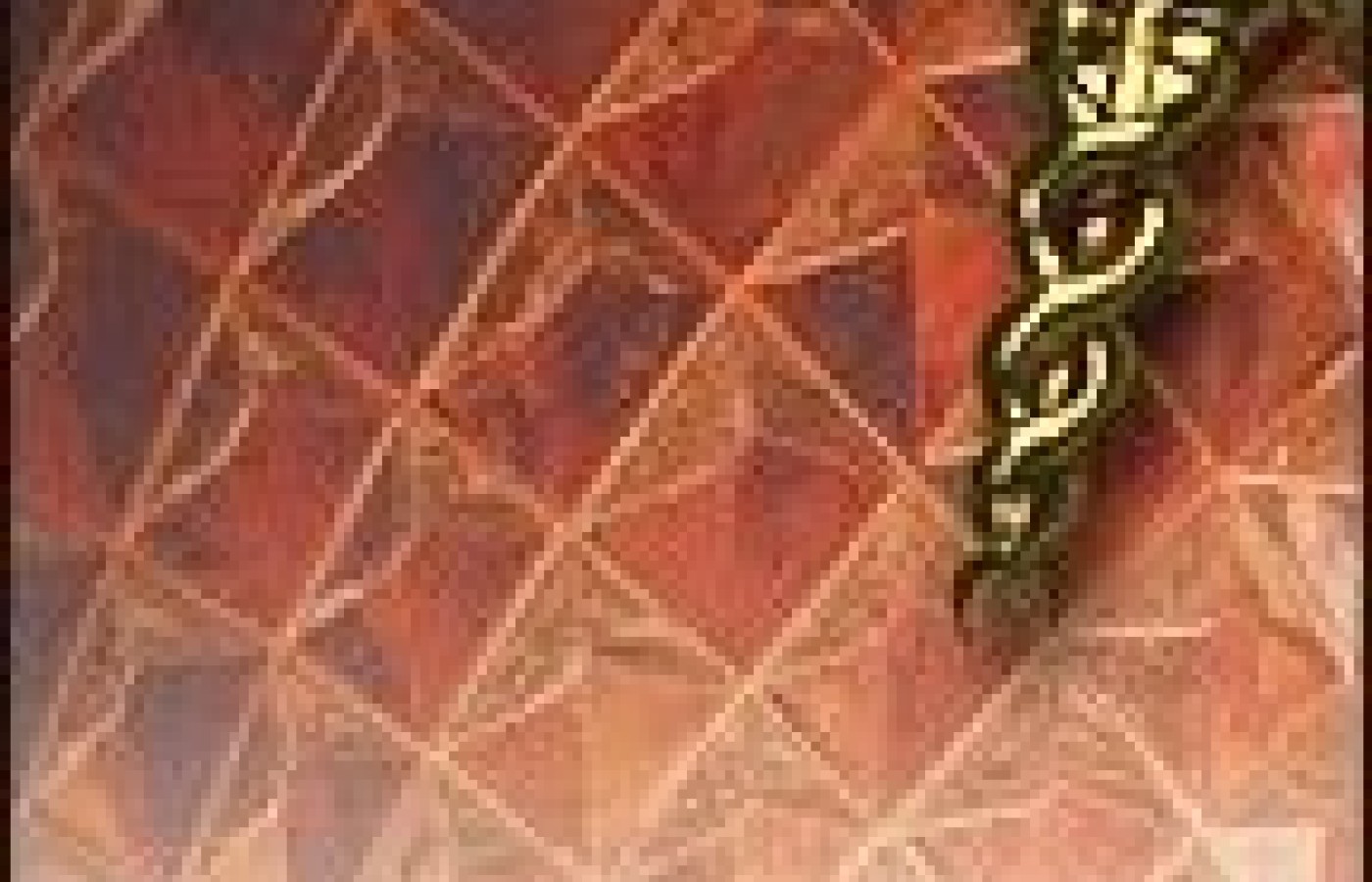Whether you accept it, avoid it or live somewhere in between, insurance coverage has become a defining issue for our profession. Patients increasingly expect to use their benefits, practitioners want to be compensated fairly for their time and expertise, and the system itself remains – at best – fragmented. The encouraging news is that coverage has expanded in meaningful ways. The challenging news is that reimbursement, across the board, remains inadequate.
AMA Moves to Thwart Expansion of Alternative Health Care
The American Medical Association first embarked on a concentrated effort aimed at destroying an alternative health care profession when it formed the Committee on Quackery in November 1963 to "contain and eliminate" the chiropractic profession as a recognized health care service in the United States.1 Now, more than 30 years after the Committee on Quackery was disbanded, and almost 20 years after a federal judge found the AMA guilty of engaging in a nationwide conspiracy to contain and eliminate chiropractic, the association appears to be moving forward with a new campaign designed to curtail the growth of all alternative health care providers, including licensed acupuncturists and doctors of Oriental medicine.

The AMA's House of Delegates has adopted a resolution that calls for the association, in conjunction with an association-supported entity known as the "Scope of Practice Partnership," to study the qualifications, education and academic requirements of "limited-licensure health care providers and limited independent practitioners," such as licensed acupuncturists. The resolution, adopted at an AMA interim meeting in Dallas, Texas, also calls for the association to allocate more than $170,000 to help fund and publish the study, and to provide a report of its findings when the House of Delegates convenes at the AMA's 2006 annual meeting in Chicago.
"While non-physician providers have been, and will continue to be, important elements in the provision of health care, it is important that our patients know and receive the care that only physicians are uniquely qualified to provide," said Dr. Michael Maves, AMA executive vice president and CEO, adding that the main purpose for the creation of the Partnership has nothing to do with limiting the growth of non-physician health care providers, but is intended "to ensure quality care for patients."2
The AMA's resolution questions the standards for admission, training and testing of limited-licensure health care providers on the claim that these standards "are neither well-defined nor generally known by physicians or public members" who evaluate them or review the quality of care they provide. It also questions the education and certification standards of limited-licensure providers, and requests that the AMA, the Scope of Practice Partnership and members of the Federation of State Medical Boards conduct a thorough study of such providers.
The introduction of Resolution 814 and the formation of the Scope of Practice Partnership have been met with skepticism by the acupuncture and Oriental medicine profession's leaders, who believe the AMA's intention is not to "ensure quality care for patients," but to stop the gains made by acupuncturists and other alternative health care providers in the previous few decades, and to discredit them in the eyes of state and federal legislators.
In a statement provided to Acupuncture Today, Dr. Michael McCoy, executive director of the National Acupuncture and Oriental Medicine Alliance, questioned the legitimacy of the Scope of Practice Partnership and the AMA's motives.3
"I wish we could believe that the AMA and so-called Scope of Practice Partnership were simply in the business of gathering information for the benefit of physicians," said Dr. McCoy. "We would be happy to help them with that effort. They might save a great deal of money by asking other health care provider associations for the information they find so elusive. Everything they want to know is already a matter of public record.
"This sudden interest and concern on the part of the AMA is actually a positive sign for AOM.When they are ready to spend significant money on issues related to our 'scope of practice,' it suggests that they are concerned about the public turning in droves to this medicine.
"No amount of research or efforts to suppress us will make any difference. The fundamental fact is that the public is turning to AOM and other alternative forms of health care because they work. People want something better than what is offered by the mainstream medical establishment. We are here to stay."
Acupuncture Today also received a statement from the American Association of Oriental Medicine,4 excerpted as follows:
"Resolution 814 claims that 'the education and certification standards for limited-licensure health care providers may not be uniform nor well-defined nor generally understood by physicians and the public.' In fact, there are uniform national and international standards for licensed acupuncturists.
"The Accreditation Commission for Acupuncture and Oriental Medicine (ACAOM) and the National Certification Commission for Acupuncture and Oriental Medicine (NCCAOM) have been the governing bodies for this field since the 1980s. ACAOM was founded as an accrediting body for programs of acupuncture and Oriental medicine almost 25 years ago in 1982. Recognized by the U.S. Department of Education as a 'specialized and professional' accrediting agency, ACAOM's primary purposes are to establish comprehensive educational and institutional requirements for acupuncture and Oriental medicine programs, and to accredit programs and institutions that meet these requirements. The NCCAOM is a nonprofit organization, also established in 1982. Its mission is to establish, assess and promote recognized standards of competence and safety in acupuncture and Oriental medicine for the protection and benefit of the public.
"There are a number of possible solutions for medics who do not understand the acupuncture and Oriental medicine (AOM) educational and practice standards. These include programs in medical schools so that MDs are more informed and can more effectively employ systems-based care in the interest of the patient and AOM.
"Not only are the standards articulated clearly at a national level, the World Health Organization has established standards for acupuncture at an international level. Established guidelines on basic training and safety in acupuncture can be found at www.aaom.org/default.asp?pagenumber=5060.
"The standards for admission, graduate education, postgraduate training, education, testing, graduation, board certification, board governance, ethics, professional discipline and licensing of limited-licensure health care providers are in fact well-defined, and the AAOM, NCCAOM and ACAOM Web sites are an excellent source to find out more about all of these very well-developed standards.
"The AAOM calls for an unbiased group with no conflicts of interest or economic incentives related to the outcomes of the study to evaluate the following: qualifications, education, academic requirements, licensure, certification, independent governance, ethical standards, disciplinary processes and peer review of qualified professional providers of acupuncture and Oriental medicine."
While the AMA seems willing to exert considerable time and money to gather information on what it claims to be "neither well-defined nor generally well-known," actually finding information on the education, training and licensure of licensed acupuncturists and other "limited-licensure" health care providers requires little effort and, in many instances, can be acquired via the Internet free of charge. For instance, the Accreditation Commission for Acupuncture and Oriental Medicine's Accreditation Handbook, which details the process whereby institutions can become accredited to offer degree programs in acupuncture and Oriental medicine, is available online at the commission's Web site. The National Certification Commission for Acupuncture and Oriental Medicine's Web site contains a brochure that explains the criteria for NCCAOM certification. The Federation of Acupuncture and Oriental Medicine Regulatory Agencies' Web site provides links to all of the nation's acupuncture boards and advisory committees. And both the American Association of Oriental Medicine and the National Acupuncture and Oriental Medicine Alliance Web sites contain links to dozens of state associations and organizations.
An article in the March 2006 issue of Psychiatric News, the American Psychiatric Association's (APA) newspaper, includes further details on the partnership's structure and purpose.5 According to the article, the partnership was formed "in an effort to marshal the medical community's resources against the growing threat of expanding scope of practice for allied health professionals." It currently is comprised of six state medical associations (California, Colorado, Maine, Massachusetts, New Mexico and Texas), along with six specialty groups (the American Academy of Ophthalmology, American Academy of Otolaryngology-Head and Neck Surgery, American Academy of Orthopedic Surgeons, American Psychiatric Association, American Society of Anesthesiology, and American Society of Plastic Surgeons).
Each of the 12 founding members of the partnership has pledged to contribute $25,000 annually to the organization, which will be used "to fund research that helps refute the key arguments allied health professionals use to advance their measures in state legislatures." Funding also will be used to "help medical specialty societies and state medical associations fight expansions in non-medical scope of practice" and to "fund campaigns to stop scope-of-practice legislation in states where such bills appear likely to advance."5
While the number of societies involved in the partnership is relatively small at present, APA Medical Director, James H. Scully Jr., MD, expects the partnership to expand to all 50 states, and to establish relationships with every state medical board and association in the U.S. It is believed that such a coordinated effort would send a message to legislators that "scope-of-practice issues are not turf issues for one or another specialty, but are concerns of the profession of medicine."
References
- Simpson KJ. The Iowa Plan and the activities of the Committee on Quackery. Chiropractic Journal of Australia 1997;27:5-12.
- Croasdale M. Physician task force confronts scope-of-practice legislation. American Medical News Feb. 13, 2006.
- E-mail from National Acupuncture and Oriental Medicine Alliance to Acupuncture Today, June 14, 2006.
- E-mail from American Association of Oriental Medicine to Acupuncture Today, June 14, 2006.
- Daly R. AMA forms coalition to thwart non-M.D. practice expansion. Psychiatry News March 2006;41(5). Click to view it online.



